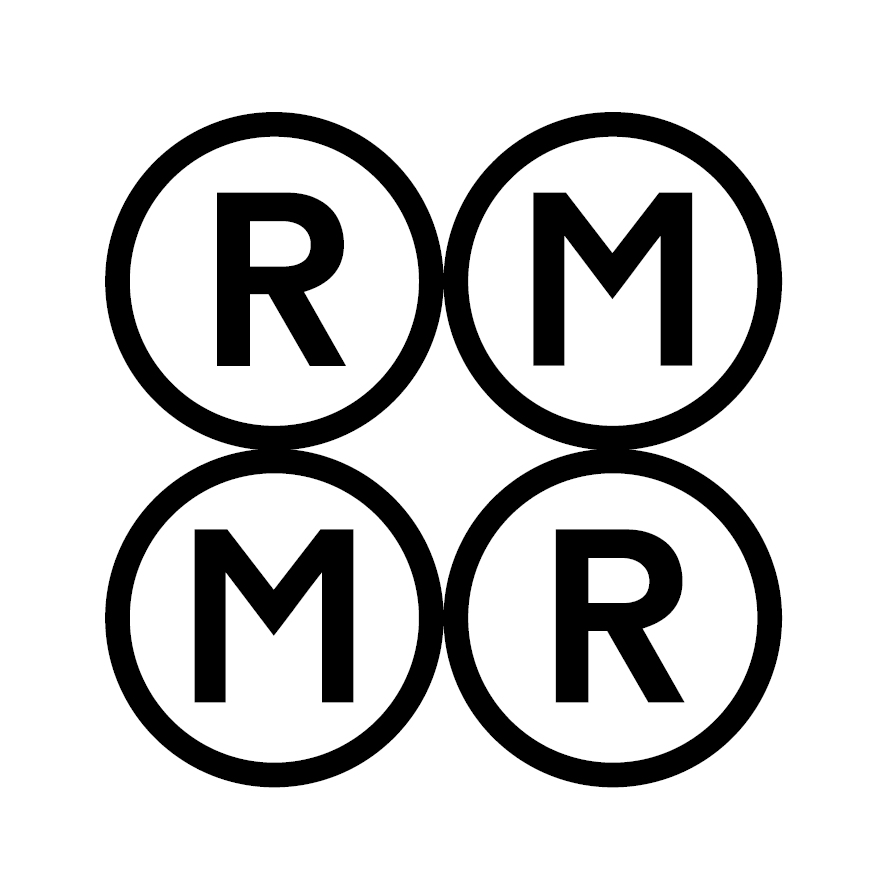Sustainable and increasingly circular. That’s how the Italian bioeconomy should be, according to the updated version of the national strategy presented on 14th May at the Presidency of the Council of Ministers in Rome. In this respect, Italy is following the European model unfalteringly. Indeed, the Comission, led by Jean-Claude Juncker, had already presented its update in October 2018, bringing together the two paradigms of the bioeconomy and the circular economy, as repeatedly demanded by the vast majority of European stakeholders.
Furthermore, like Brussels, Rome has placed a strong focus on communication and education to raise public awareness on the huge potential of a bio-based economy for the creation of sustainable development and jobs while curbing climate emergency.
Current figures speak volumes: in Italy the overall bioeconomy turnover amounts to about €330 billion and employs 2 million people. Such data, extracted from the 5th Report on the Bioeconomy in Europe by Intesa Sanpaolo, was obtained transcending the classic European Union definition: thus including new supply chains such as those of wood and furniture, water management and urban organic waste. The 2030 target is ambitious, namely to achieve 15% growth whilst also raising the degree of circularity of bioproducts.
The shared vision between Brussels and Rome has also been enshrined by the presence in Rome of Waldemar Kütt, representing the EU Commission’s DG for Research and Innovation and Philippe Mengal – executive director of the private-public partnership Bio-Based Industries Joint Undertaking (BBI JU) – that over the last few years have played a pivotal role in funding biobased innovations in the Old Continent.
The Italian government’s initiative was led by Giancarlo Giorgetti – Secretary of the Council of Ministers of Italy – joined by Andrea Lenzi – President of the National Committee for Biosafety, Biotechnologies and Life Sciences and by Professor Fabio Fava who was responsible for the update presentation on account of his capacity as coordinator of the working group that drew it up.
However, let us examine in more detail the topics tackled by this new strategy: it focusses even more vigorously on “reconnecting the economy, the environment and society.” To win such a challenge, the presented document reads: “it will not be enough to simply use biomass for industrial applications or use regenerative materials instead of fossil raw materials. Bioeconomy does not mean simply integrating biological knowledge into existing technology.”
It continues, “To tackle this challenge there must also be a social transition, stimulating awareness and social dialogue leading to more informed behaviour.” According to the Italian government, we need better knowledge of what is consumed – food products and processes in particular – to improve health and lifestyle, stimulating businesses’ demand for sustainable innovation. For this reason, one of the crucial measures highlighted by the document is the further development of ecolabeling.
“This process of transition in the economy and society must be holistic, and to better enjoy potential benefits, citizens must become the main actors of the social transformation that the bio-based economy can stimulate.” Social dialogue and the understanding of bioeconomy challenges and opportunities are deemed fundamental to stimulate the demand for new products and services, and thus for the relevant technology innovations and developments. “Measures including public procurement must be transformed into participatory actions allowing use, understanding and replication potential.”
As a vision, the new strategy aims at “fostering multidisciplinary approaches to connect technologies and transformative practices while efficiently interconnecting the main sectors of the bioeconomy through sustainable value chains, embracing the production of bio-resources (such as agriculture, animal husbandry, aquaculture, silviculture, marine systems), their elaboration and the promotion of end products (food and beverage, wood, paper, leather, textile, chemical and pharmaceutical industries as well as the energy sector), leveraging traditional sectors deeply rooted locally as well as public and private stakeholders in local communities.”
Another major novelty: biopharma becomes part of the Italian concept of bioeconomy, in wake of what has already happened in the UK (whereas in Brussels the debate is still ongoing).
In essence, Rome’s vision and strategy now seem clear. What is still lacking is an action plan transforming all these planned paths into a solid reality. As well as the necessary funds, insiders claim.
BIT Bioeconomy in Italy. A new bioeconomy strategy for a sustainable Italy, May 2019 http://cnbbsv.palazzochigi.it/media/1719/bit_en_2019_web.pdf
The Bioeconomy in Europe 5th Report, March 2019 tinyurl.com/y36ys99h



